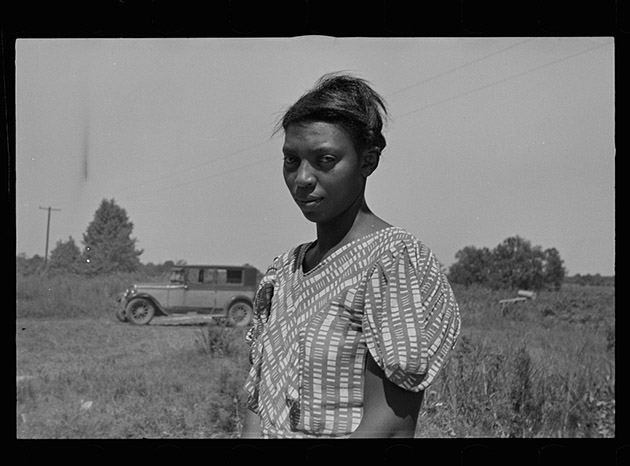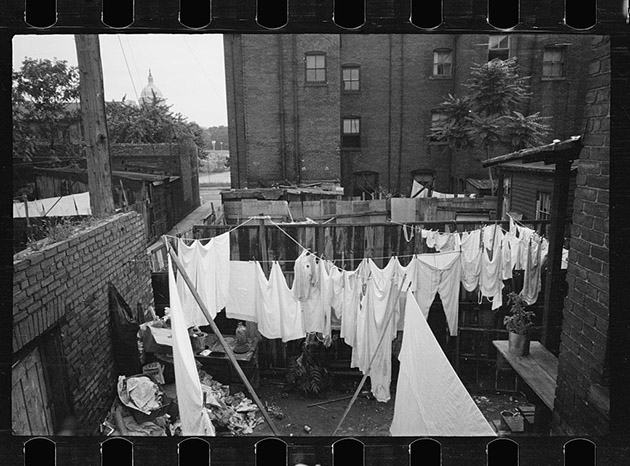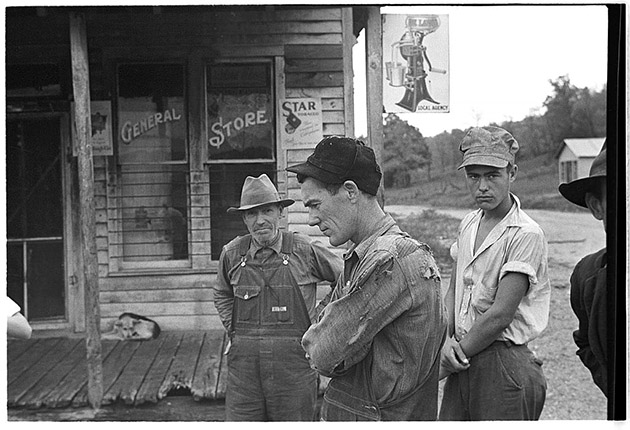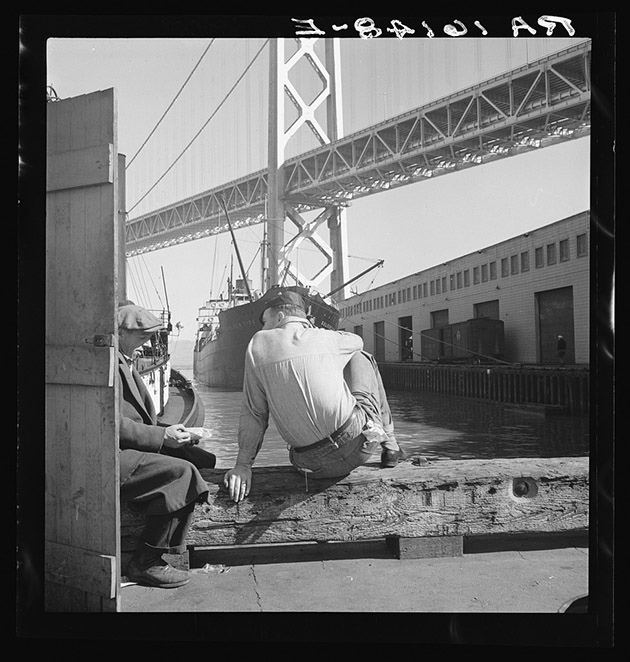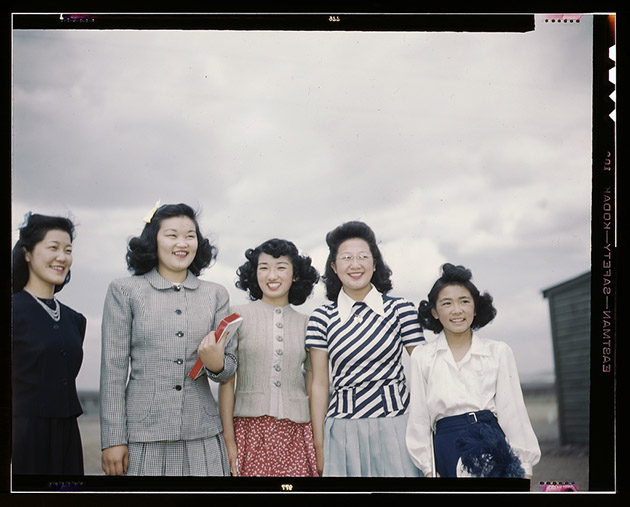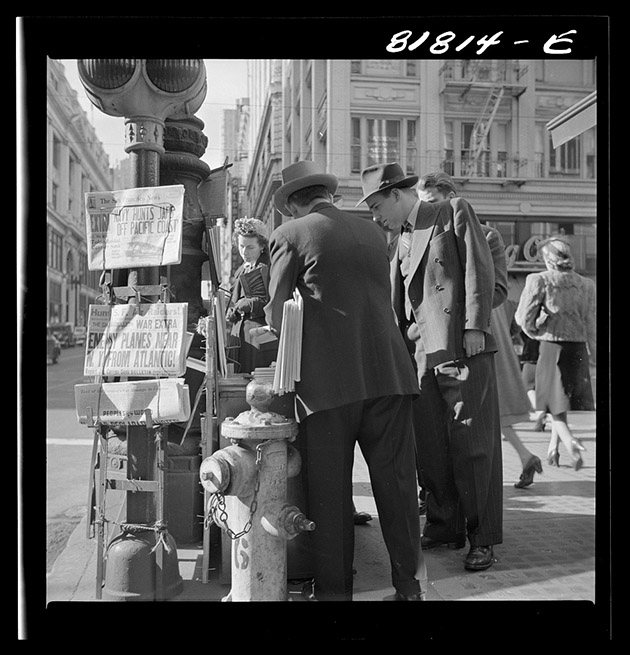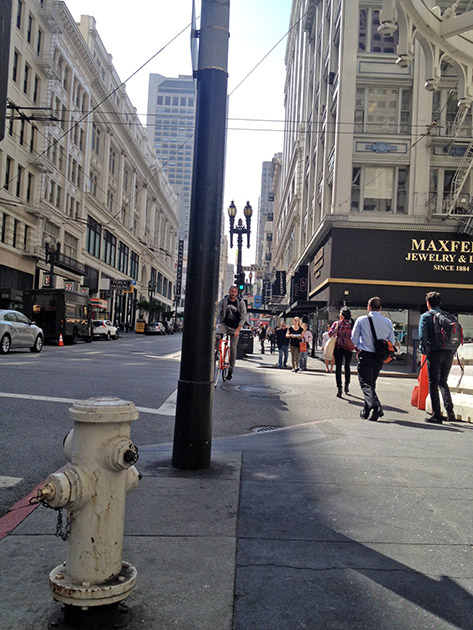Between 1935 and 1944, the Farm Security Agency-Office of War Information dispatched photographers to all ends of the United States to document life during hard times and wartime. Many of their photos, taken by now-legendary photographers like Dorothea Lange and Walker Evans, have become iconic representations of America during the Depression and World War II. But most of the hundreds of thousands of negatives, collected in what became known as “The File,” were never seen by the public.
No longer. Yale University’s Photogrammar has just made more than 170,000 of the FSA-OWI photos easily accessible online. You can browse and search by photographer, location, date, or subject. Even a quick visit to the site turns up surprising, searing photos that feel like they should be in history books, on the cover of old LIFE magazines, or hanging in art galleries. Here are 10 that caught my eye as I looked through the massive collection—including one taken less than a block from the Mother Jones office in downtown San Francisco.

